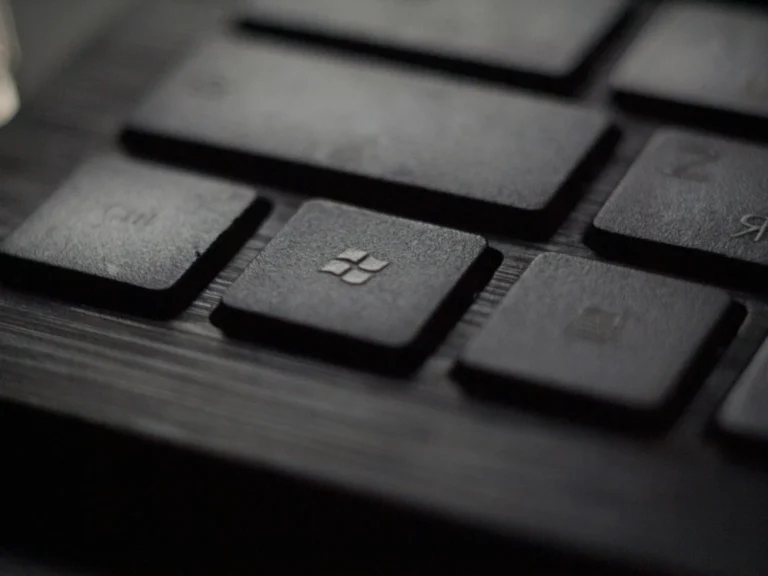Let’s begin by clarifying what the term means. Even before we think about opening these files, there are mui files. Mui files are related to Windows operating systems and include resources for multilingual user interfaces.
These files contain localized content and other User Interface elements, such as dialog boxes and menus, needed for multilingual software display.
How to Open Files mui Format
The data below is provided purely for informational purposes. We have no suggestions for more third-party tools.
Method 1. Resource Hacker
A well-known free program for viewing files, the process of updating and gathering resources from different file types. A program used for altering and inspecting the contents of resource files. Resource Hacker is the term used for mui files. To start up.
On Resource Hacker, mui files adhere to these instructions:
- Next, launch your browser and go to the Resource Hacker website.
- You must download your operating system’s most recent version of Resource Hacker.
- Another proper application is Resource Hacker. Install it on your computer and follow the instructions on the screen.
- Resource Hacker can also be accessed by double-clicking the desktop shortcut or through the computer’s apps.
- Get the open. The mui file you wish to see in Resource Hacker can be opened by selecting “File” from the top toolbar and then “Open,” or, in a quicker way, by holding down the keys “Ctrl” and “O” on the keyboard.
- Look through the talks and other materials contained in the strings. Once it opens, you can only change the mui file’s characteristics.
Method 2: Using Notepad or Any Other Text Editor to Code
A text editor like Notepad is recommended if you only plan to view the text within a multimedia file. Here’s how to go about it:
- Clicking on a. Mui file with the right button will display the file settings.
- Click the Open with option from the context menu, then choose Notepad or any other text editor installed on your computer.
- The following can be said about the contents. Files that have that particular extension. When with a text editor, mui appears as plain text.
Method 3: Several localization applications
Of course, by employing specialized tools designed for working with. Mui files, software developers, and translation experts may simplify the localization process. Start one of the following applications: several files:
- Once you have investigated, choose the localization tool that supports it. It contains Word, Excel, PowerPoint, PDF, and MUI files (like SDL Trados Studio or Passolo).
- Once the software has been selected for installation, download it from the official website and follow the installation directions found in the software download link.
- Start the program’s localization process. Choose the program’s interface to decide whether to import data for a new project or continue working on an existing one.
- Once you’ve located the music file, you wish to import it into the program.
- These can be standard dialogue boxes, strings, and specific localized resources. Once the end-user has loaded the data in the localization software, the Mui file can be viewed and configured.


